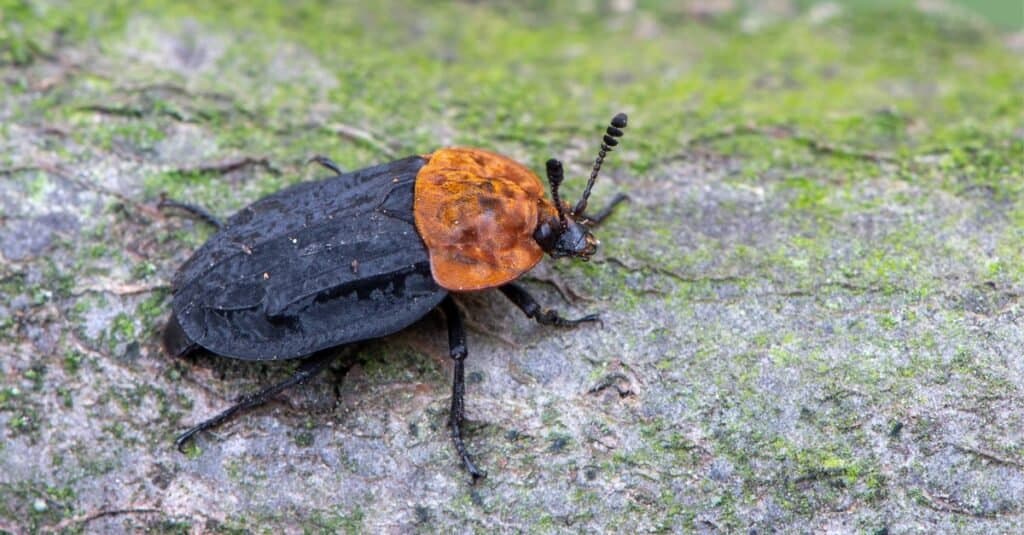
Dermestid beetles are small, brown, and have distinctive wavy lines on their backs. They are found all over the world and can thrive in a variety of habitats, from forests to deserts to human homes. But what makes these beetles so interesting is their behavior. Dermestid beetles are scavengers that feed on a variety of organic matter, including dead animals, skin, hair, feathers, and even dried plant matter. They are often referred to as flesh-eating beetles due to their ability to consume flesh down to the bone.
While this may sound macabre, dermestid beetles actually play an important role in many ecosystems. They help to break down and recycle nutrients from dead animals and plant matter, which is essential for maintaining healthy ecosystems. In fact, many museums and research institutions use dermestid beetles to clean animal skeletons, as they are able to remove all the flesh without damaging the bones.
Surprisingly, these insects can play a beneficial and crucial role in different fields. These include;
1. Forensics
Most people associate maggots with the breaking down of human flesh after death. However, flesh-eating beetles also play a vital role in forensics, particularly in cases that require the use of bones for identification. These beetles are used to clean up bones, which allows forensic scientists to determine the age and gender of the deceased person, as well as possible causes of death. In some cases, flesh-eating beetles are even used to clean up crime scenes to help preserve evidence.
2. Taxidermy
Not only do flesh-eating beetles aid in solving crimes, but they also play a crucial role in the art of taxidermy. Once an animal has died, taxidermists use flesh-eating beetles to clean the bones of any remaining flesh and tissue. Using beetles rather than traditional methods, such as boiling or chemicals, helps preserve the integrity of the bones and makes them more durable.
3. Agriculture
Flesh-eating beetles also benefit the agriculture industry. These insects can consume dead or diseased animals on farms, thereby decreasing the overall risk of contamination and disease spread. In addition, these insects are often introduced into beehives to consume dead bees, helping keep the hive clean and healthy. This natural method of pest control reduces the need for harmful chemicals and pesticides.
4. Zoology
Zoologists also utilize flesh-eating beetles in their research. When studying bird or mammal skeletons, researchers need the bones to be as clean and healthy as possible. By using flesh-eating beetles, they can effectively clean the bones without causing any damage. This, in turn, allows researchers to gain a more accurate understanding of the anatomy and physiology of various animal species.
5. Food Processing
In some countries, including Mexico and Thailand, flesh-eating beetles are a common part of traditional cuisine. These insects are fried, grilled, or stewed and then consumed as a crunchy and protein-rich snack. While this may seem strange to some, it’s important to note that food-based insects, including flesh-eating beetles, provide a sustainable source of protein that could help alleviate world hunger.
Final Thoughts
Flesh-eating beetles have found their way into many industries in the form of efficient cleaners, pest controllers, and even food sources. While the concept may sound distasteful to some, the many benefits that these insects provide must be addressed. By embracing the unique role of flesh-eating beetles, various industries can benefit from their natural efficiency, sustainability, and cost-effectiveness.
